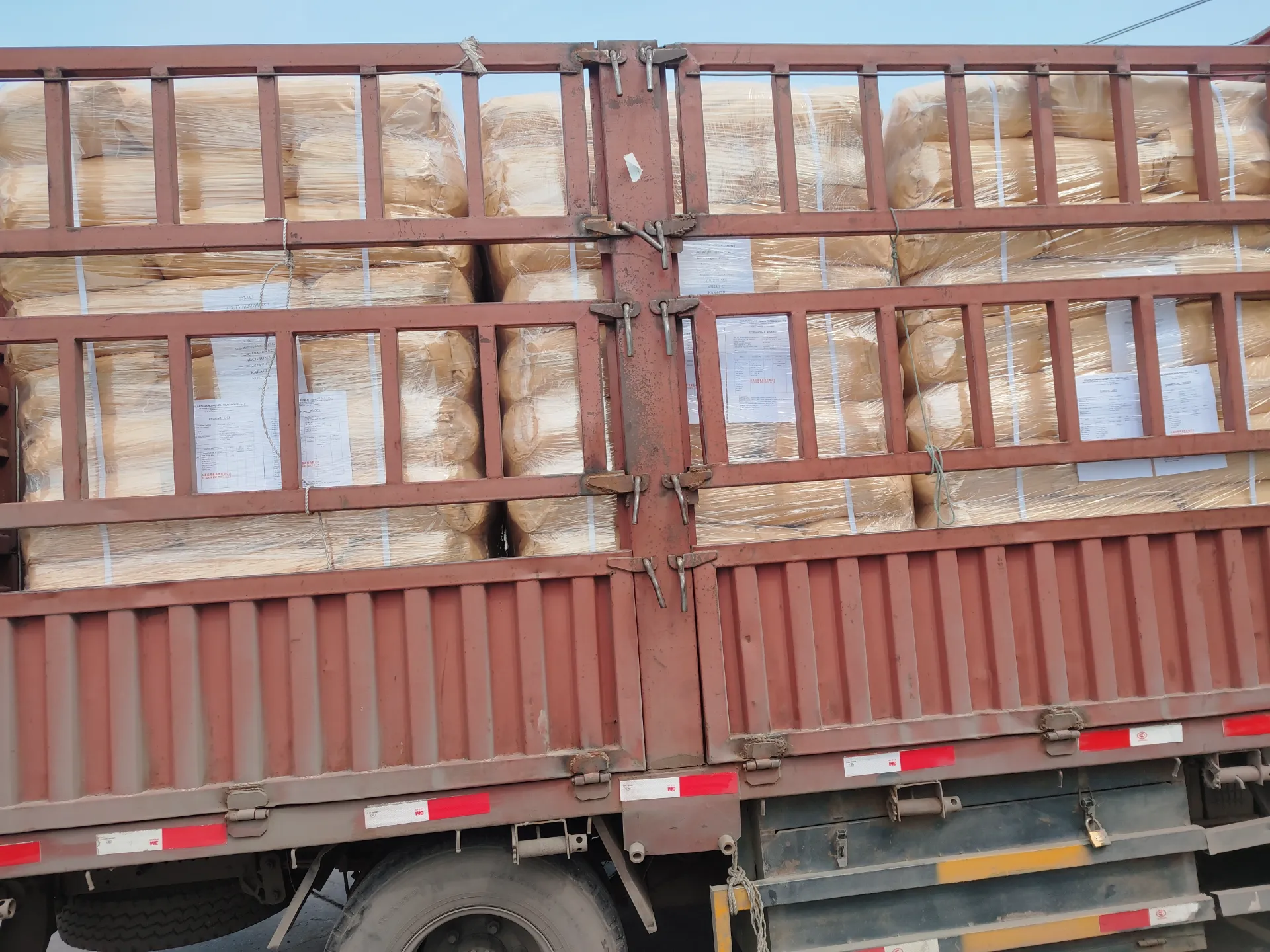1,3-Dimethylurea (CAS No. 96-31-1) is an organic compound widely used as a pharmaceutical intermediate and in specialty chemical applications. Beyond its role in drug synthesis, it serves as a key precursor in resin manufacturing when reacted with formaldehyde. The resulting 1,3-dimethylurea-formaldehyde resin exhibits unique properties that make it valuable in adhesives, coatings, and encapsulation materials.

Synthesis and Reaction Mechanism of 1,3-Dimethylurea Resin
The formation of 1,3-dimethylurea resin occurs through a condensation reaction with formaldehyde under controlled conditions. The process involves the following key steps:
Methylolation: Formaldehyde reacts with the amino groups of 1,3-dimethylurea (CAS No. 96-31-1), forming methylol derivatives.
Polycondensation: The methylolated intermediates further react to form a cross-linked polymeric structure.
The reaction conditions—such as pH, temperature, and molar ratio of reactants—significantly influence the resin's final properties. Manufacturers specializing in pharmaceutical intermediates often optimize these parameters to achieve resins with tailored performance for specific applications.
Mechanical and Adhesive Properties of 1,3-Dimethylurea Resin
One of the primary applications of 1,3-dimethylurea resin is in adhesives, where its bonding strength and flexibility are critical. Compared to conventional urea-formaldehyde resins, the dimethyl-substituted variant offers:
Improved flexibility due to the presence of methyl groups, reducing brittleness.
Strong adhesion to wood, paper, and certain plastics, making it useful in composite materials.
Lower formaldehyde emission, enhancing environmental safety in indoor applications.
The use of 1,3-dimethylurea in resin synthesis thus provides a balance between mechanical robustness and processability, making it suitable for industries requiring durable yet lightweight bonding solutions.
1,3-Dimethylurea: Thermal Stability and Degradation Resistance
A crucial performance metric for any resin is its ability to withstand high temperatures without significant degradation. 1,3-Dimethylurea resin exhibits moderate thermal stability, decomposing at temperatures above 180°C. However, its performance can be enhanced through:
Co-polymerization with melamine or phenol, increasing heat resistance.
Additive incorporation, such as flame retardants or thermal stabilizers.
Industries requiring heat-resistant coatings or encapsulants often modify the resin formulation to extend its operational temperature range. Research conducted by leading pharmaceutical intermediates manufacturers has shown that optimized curing conditions can further improve thermal endurance.
Chemical and Moisture Resistance of 1,3-Dimethylurea Resin
In addition to mechanical and thermal properties, chemical resistance is a key factor in determining the suitability of 1,3-dimethylurea resin for harsh environments. The resin demonstrates:
Good resistance to weak acids and organic solvents.
Moderate water resistance, though prolonged exposure may lead to hydrolysis.
To enhance moisture resistance, hydrophobic modifiers such as silanes or long-chain alkyl groups can be introduced during synthesis. This is particularly important in applications like waterproof adhesives or protective coatings, where durability under humid conditions is essential.
Applications and Industrial Use of 1,3-Dimethylurea Resin
The use of 1,3-dimethylurea in resin production spans multiple industries, including:
Wood adhesives: Used in plywood and particleboard manufacturing due to its strong bonding and low formaldehyde emission.
Coatings and encapsulants: Provides protective layers in electronic components and automotive parts.
Textile auxiliaries: Enhances fabric durability and wrinkle resistance.
Given its versatility, 1,3-dimethylurea resin is increasingly preferred over traditional urea-formaldehyde resins in applications requiring enhanced flexibility and environmental compliance.
1,3-Dimethylurea: Future Prospects and Research Directions
As industries demand more sustainable and high-performance materials, ongoing research focuses on:
Reducing formaldehyde dependency by developing alternative cross-linkers.
Enhancing biodegradability for eco-friendly applications.
Improving synthesis efficiency to lower production costs.
Collaboration between pharmaceutical intermediates manufacturers and material scientists is expected to drive innovations in resin technology, expanding the potential uses of 1,3-dimethylurea (CAS No. 96-31-1).
Evaluating the Performance of 1,3-Dimethylurea Resin
The 1,3-dimethylurea-formaldehyde resin offers a compelling combination of mechanical strength, thermal stability, and chemical resistance, making it a viable alternative to conventional resins. By optimizing reaction conditions and incorporating functional additives, manufacturers can tailor its properties for specialized applications.
As the demand for sustainable and high-performance materials grows, the use of 1,3-dimethylurea in resin production is poised to expand, supported by advancements in chemical engineering and material science. Future developments will likely focus on enhancing its environmental profile while maintaining its superior performance characteristics.
In summary, the performance analysis of 1,3-dimethylurea resin underscores its potential as a versatile and adaptable material in modern industrial applications.

